No products in the cart.
Home Improvement, Lawn and Gardening, Plants and Planters, Plants Saplings
Philodendron Florida Ghost Plant
NPR 4,300.00 NPR 4,500.00
Philodendron Florida Ghost is one of the most sought-after houseplants, and with good reason. This rare tropical plant is known for its shiny, deeply lobed leaves on hairy red petioles that unfurl ghostly white before eventually darkening to a deep, attractive green. You’ll sometimes see variegated versions of this plant, with green patterning against the white on immature leaves. Some specimens whose young leaves emerge pale green rather than white are referred to as Florida Ghost Mint by houseplant collectors.
Philodendron Florida Ghost is a relative of philodendron Florida Green, another hybrid of Philodendron squamiferum x pedatum.
Facts about Philodendron Florida Ghost
- Common Name: Philodendron Florida Ghost, Florida Ghost
- Botanical Name: Philodendron squamiferum x pedatum ‘Florida Ghost’
- Family: Araceae
- Plant Type: Perennial
- Mature Size: 2-5 ft. tall
- Sun Exposure: Bright, indirect light
- Soil Type: Loose, well-drained soil
- Soil pH: Acidic
- Native Area: Central and South America
- Toxicity: Toxic to people and pets
Care Tips of Philodendron Florida Ghost
- Light: Keep your philodendron Florida Ghost in a place with lots of bright, indirect light. Leaves will eventually fade to green as they mature, but lots of light will help your plant put out the creamy white young leaves this plant is known for. Some growers swear by grow lights to ensure the leaves start out white. However, it’s important to keep your plant out of direct sunlight, which can burn the leaves and harm your plant.
- Soil: Plant philodendron Florida Ghost in a loose, rich potting mix. You want a mix that drains well but holds onto the moisture your plant needs to stay healthy. This can be a standard indoor potting mix with some perlite or orchid bark mixed in for drainage. You can also use a premade aroid mix if you don’t want to make your own growing medium.
- Water: Your philodendron Florida Ghost requires soil that’s moist but not soggy. Water your plant when the top inch or so has dried out and always keep your plant in a pot with drainage holes. Check drip trays after watering and pour off any excess so the plant isn’t sitting in water, which can lead to root rot. When the plant goes dormant in winter, cut back on watering and monitor the soil moisture to avoid overwatering.
- Temperature and Humidity: This tropical plant loves warmth and humidity. The ideal temperature for philodendron Florida Ghost is between 65 and 95 degrees. Temperatures below 50 degrees will harm your plant, so keep it away from cold, drafty windows in winter. This plant can survive at typical household humidity levels, but running a humidifier near the plant to add moisture can help it thrive. Shoot for around 70% relative humidity in your space if you’re measuring the moisture in the air with a hygrometer.
- Fertilizer: Feed your plant with a nitrogen-rich liquid houseplant fertilizer diluted to half strength. Always water before fertilizing, as adding fertilizer to dry soil can harm your philodendron Florida Ghost’s leaves. Feed once per month during the spring and summer growing season, then stop feeding in fall and winter. Resume fertilizing when the plant comes out of dormancy in spring.
- Pruning: If your philodendron Florida Ghost is outgrowing your space or starting to look leggy, you may want to give it a trim. Use a clean, sharp knife or pruners to cut off excess foliage just above a node. It’s best to prune the plant in the spring when the plant is actively growing. You can also try propagating new plants from the portions you cut away. Note that dead or dying leaves can be removed at any time to keep your plant looking healthy.
- Propagation: It’s best to propagate in spring when the plant is actively growing. You can propagate philodendron Florida Ghost in water or growing medium using stem cuttings.
- Potting and Repotting: Unless it’s pot-bound—meaning that roots are growing out of the drainage holes in the bottom of the pot—your philodendron Florida Ghost only needs to be repotted every three years or so. When repotting, use fresh soil and a pot that’s only an inch or so larger in diameter than the old one.
- Common Pests & Plant Diseases: Keep an eye out for common houseplant pests like spider mites, mealybugs, aphids, and scale on your philodendron Florida Ghost. If you spot signs of unwanted insects, use neem oil or an organic insecticidal spray to remove them. Diseases to watch out for include bacterial leaf spot, which appears as dark spots ringed in yellow, and fire blight, which makes leaves look brown and scorched. Cut away all affected plant parts and treat healthy-looking leaves with antibacterial sprays or fungicides. Be sure to act quickly, sterilize tools between plants, and keep affected plants quarantined from the rest of your collection.
- Common Problems: Overwatering is a common reason that your philodendron Florida Ghost’s leaves might turn yellow. If this happens, immediately stop watering and allow the soil to dry out before watering again. Yellowing leaves can also be a sign that your plant needs more light. Browning leaves can be a sign that the air in your space is too dry. Remove brown leaves and use a humidifier to add moisture to the air. Drooping leaves are a sign that something’s not right with watering—either too little or too much. Check your soil moisture and adjust accordingly.
Based on 0 reviews
Only logged in customers who have purchased this product may leave a review.
Vendor Information
- Store Name: Ajambari
- Vendor: Ajambari
- No ratings found yet!



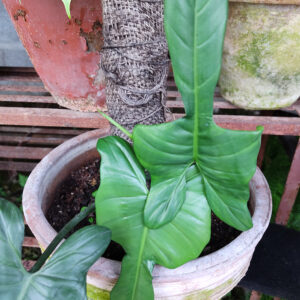
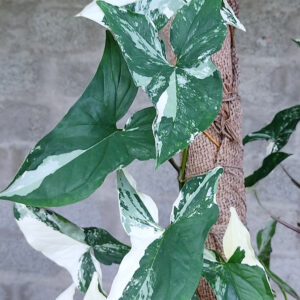
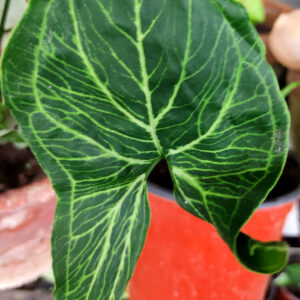
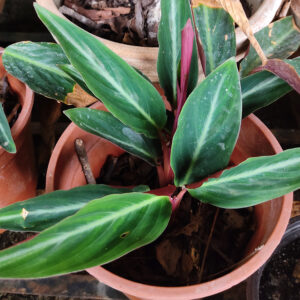
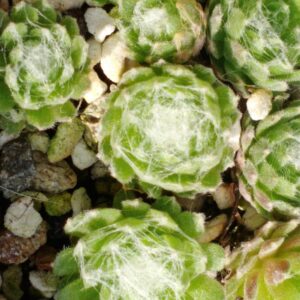
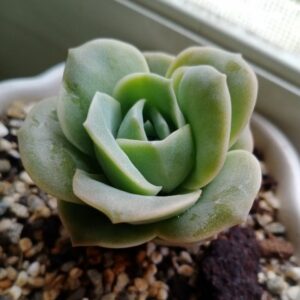
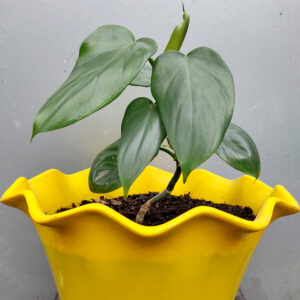
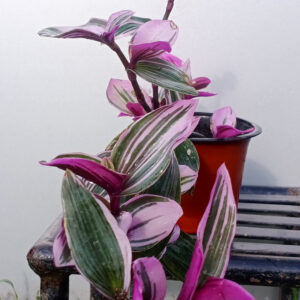
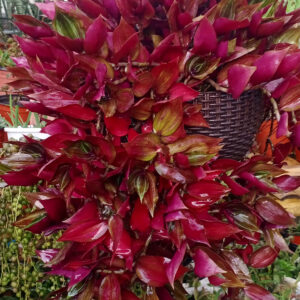
There are no reviews yet.